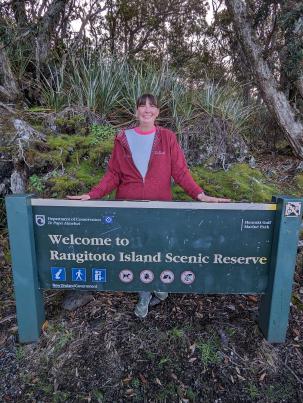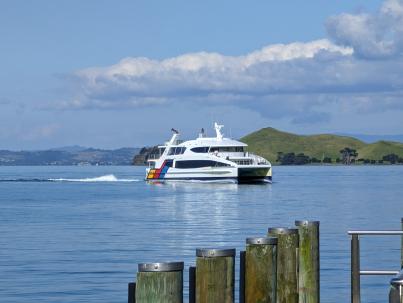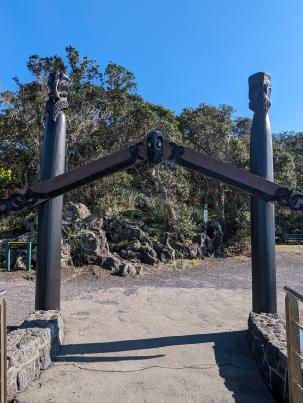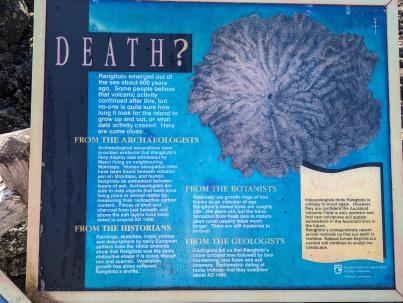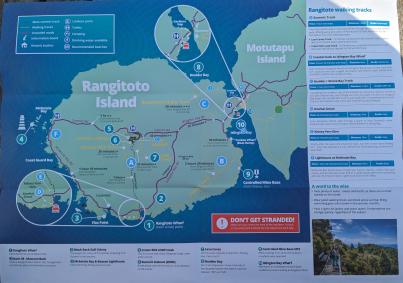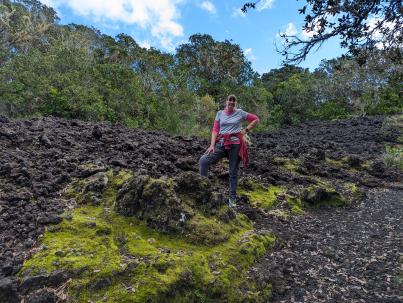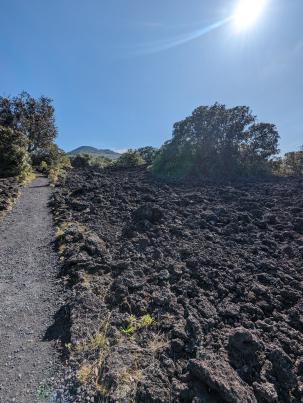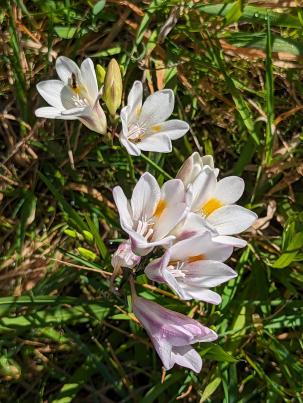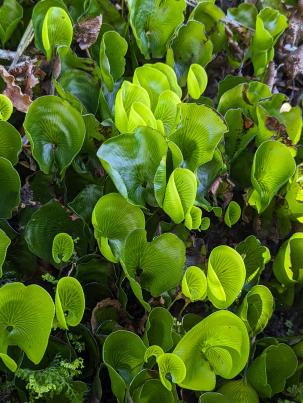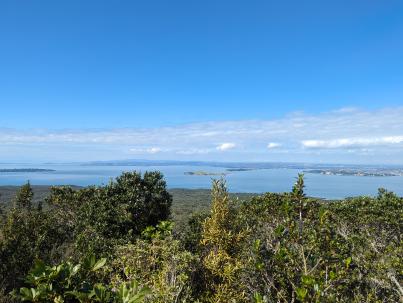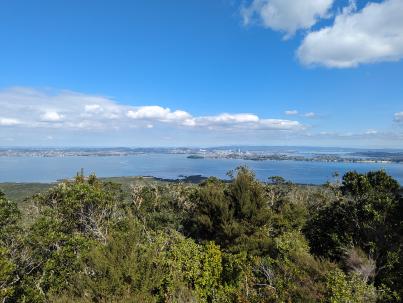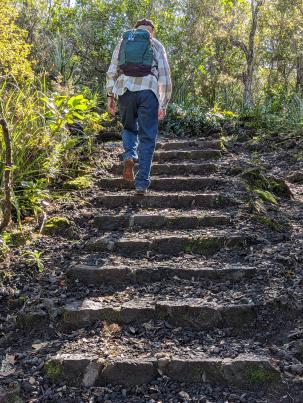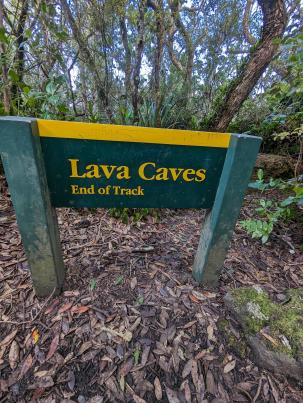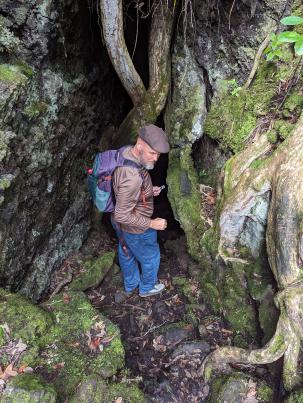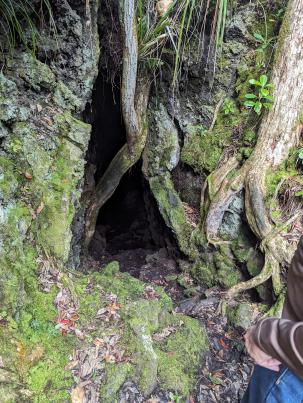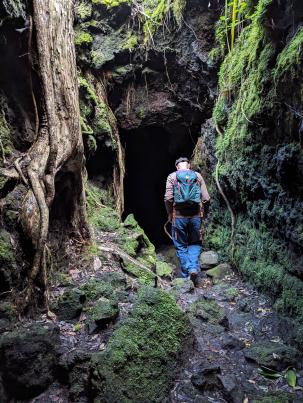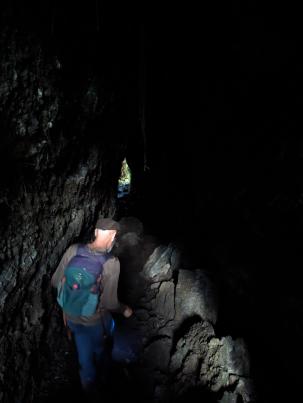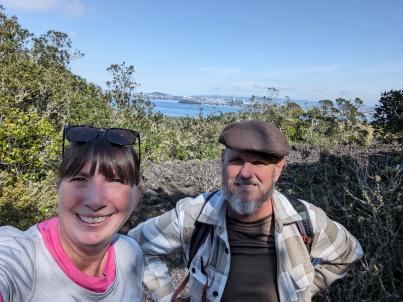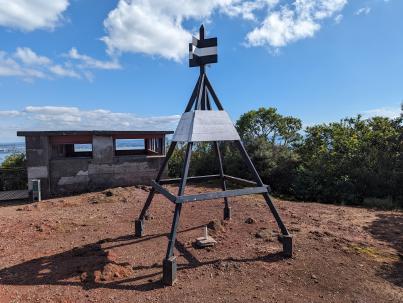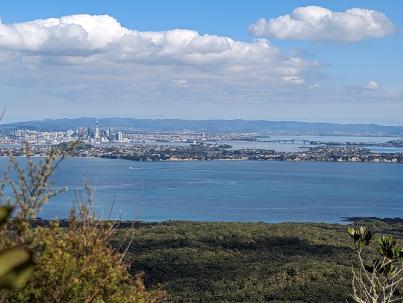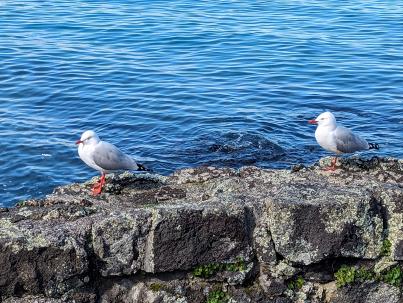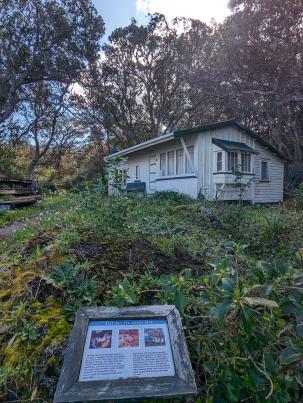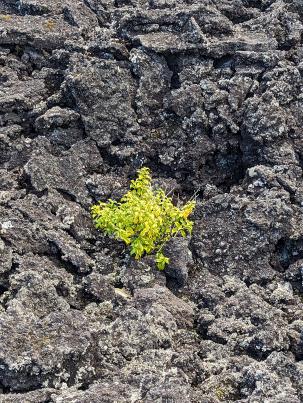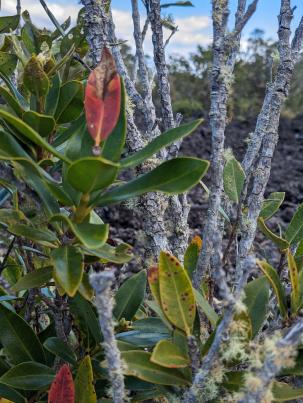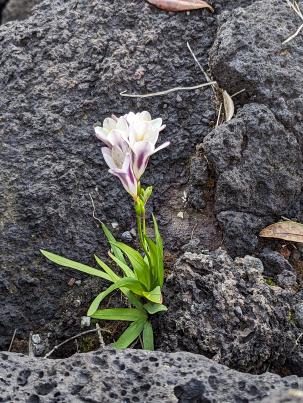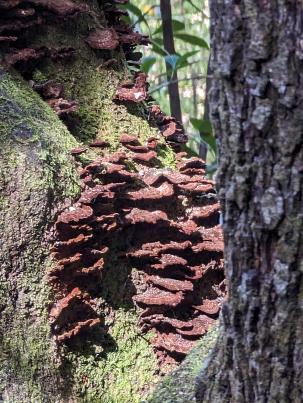Rangitoto Island, Rugged and Riveting!
August 25, 2023
New Zealand
On August 25, 2023 we took a ferry from Auckland, Australia over to Rangitoto Island in the Hauraki Gulf. Rangitoto happens to be the youngest and largest of Auckland's 48 dormant volcanic cones and is home to the world's largest pohutukawa forest aka New Zealand’s Christmas tree or Iron Tree. The island emerged unexpectedly just over 600 years ago, still a baby!
Fun Facts:
The Auckland Volcanic Field is monogenetic, meaning each volcano “usually” only erupts once.
Rangitoto is the most recent, largest and least altered volcano in the Auckland Volcanic Field which is made up of around 50 small volcanoes.
It was formed by at least 2 eruptions. These eruptions occurred in two stages that were 10-50 years apart, 600-700 years ago.
The highest part is 853ft, and the whole island is only 6 yards wide.
Maori Name:
Rangitoto’s full name is Te Rangi I totongia te ihu Tama-te-kapua. Yeah, that’s a mouth full! It means ‘the day the nose blood flowed’ and is thought to refer to the serious injury of a Maori chief during a battle on the island.
Features
- Hiking tracks allow visitors to walk over lava fields and through lava caves (tubes left behind by the passage of liquid lava).
- Vegetation varies from ‘raw’ lava fields to scrub and sparse forests, including the largest pohutukawa forest in NZ.
- A moat like ring around the summit is due to underlying lava flows that cooled and shrank.
Hiking it
- It is about a 2 hour climb to the lava caves and summit, over rocky lava fields and steep steps.
- The lava tubes are pitch black and uneven, you need a flashlight.
- Summit views are spectacular and you get the whole view of the Auckland skyline and surrounding ocean.
- We packed a picnic lunch and enjoyed the view.
Wildlife
You can’t help but notice the chorus of birdsong as you walk quietly through the forest. Native birds like kaka, saddleback, bellbird, kiwi, fantail, tui and takahe have either returned naturally or have been reintroduced to the island. It is considered “pest free” meaning no small mammals reside on the island. That includes humans! As for people, the only people you’ll see here are visitors as there is no permanent population. However, you can still see the remains of baches (holiday homes) along the shoreline, from when the island was populated in the 20th century.
It's breathtaking to see how nature adapts to it's surroundings...the harshness of the lava rock has not prevented beautiful wildflowers from taking root and blooming.

